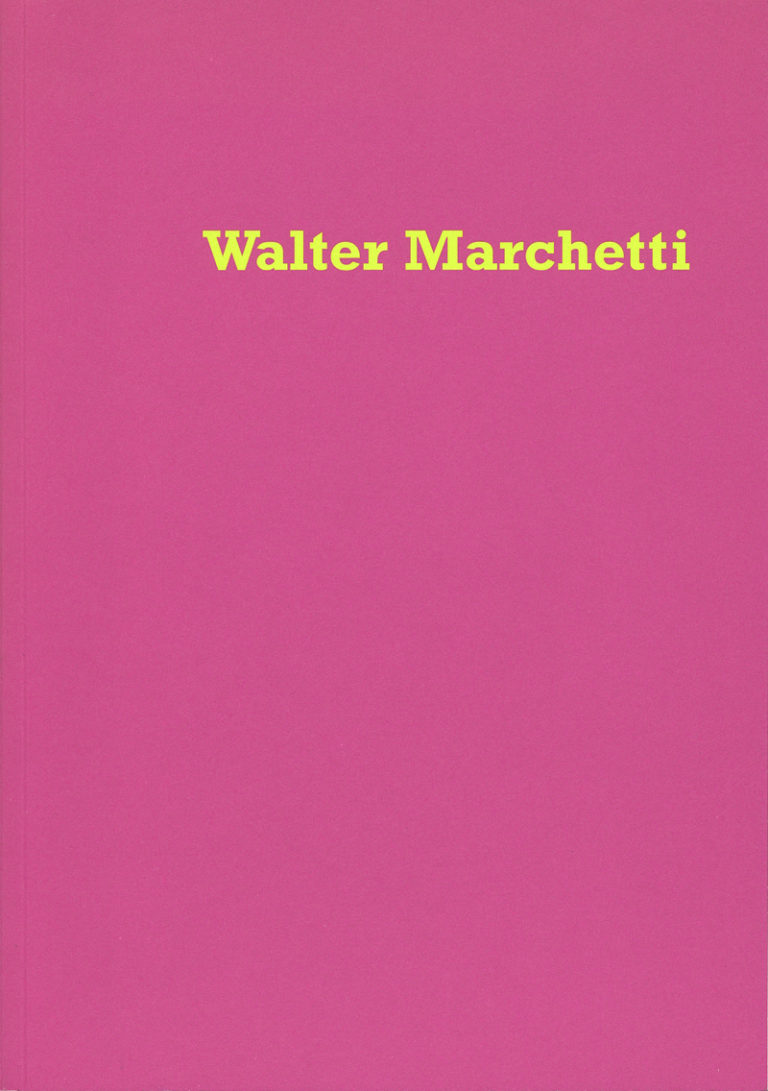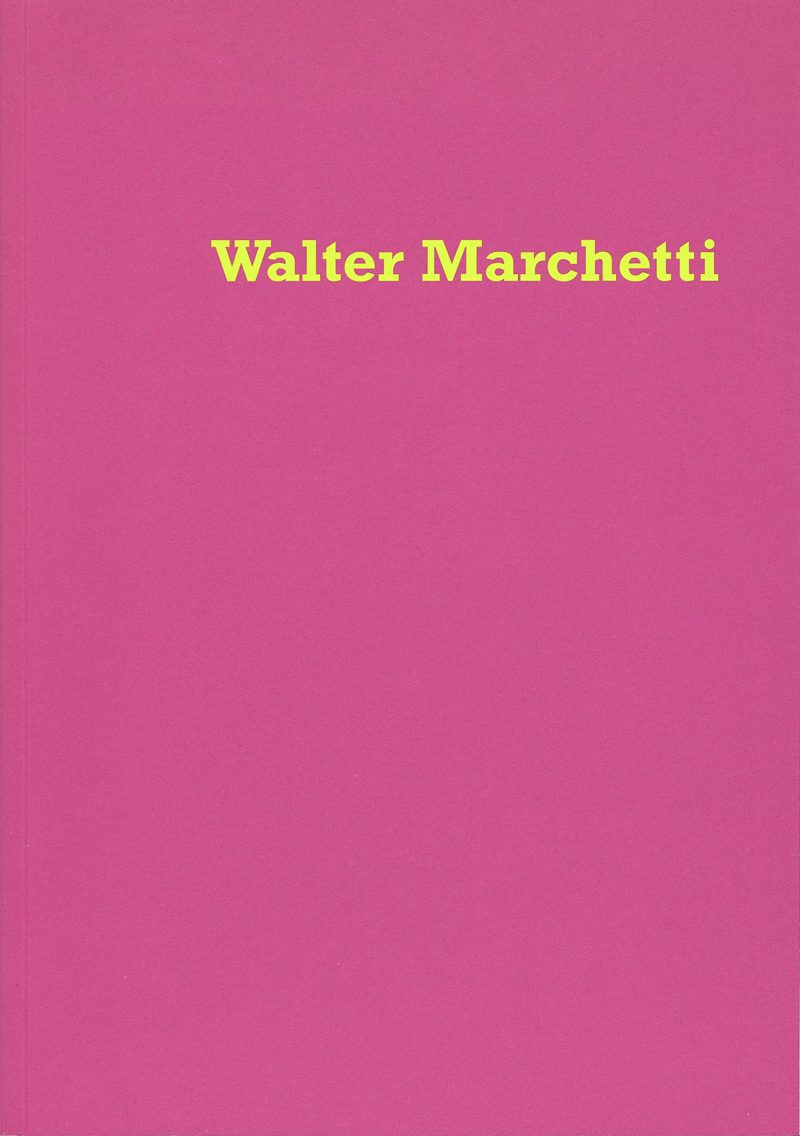5 February 1999 – 21 March 1999
Morris and Helen Belkin Art Gallery, Vancouver
Walter Marchetti & Zaj invitations from the Kenneth Coutts-Smith Archive
-
Walter Marchetti
Artist -
Zaj (Walter Marchetti & Juan Hidalgo)
Artist
Walter Marchetti’s music began its present course after meeting Juan Hidalgo and Bruno Maderna in 1956 and befriending John Cage in 1958. He spent much of the 1960s and 1970s in Spain as part of the avant-garde formation, Zaj, founded in Madrid by Hidalgo and Marchetti. Zaj staged concerts, performances and interventions, published and exhibited in Madrid and Europe. Much of Marchetti’s practice has been dedicated to “visible music.” His chamber music confounds the distinctions made between composer, player and listener. This show presents: musical scores for La Caccia (Quartetto No. 2) / The Hunt (Quartet No. 2), 1965; two recent scores for birdcalls; and chamber music installations conceived and theorized as musical works including Chamber Music No. 19 in which the viewer “plays” the piece by walking over a gallery floor covered with 20,000 pounds of course, white salt. Chamber Music No. 293 will be performed by Marchetti at the opening.
Zaj invitations from the Kenneth Coutts-Smith Archive:
Part of Zaj’s activities took the form of mailers which were pieces in themselves. Marchetti’s mail-out compositions are contained in the gallery’s archival holdings—the Coutts-Smith Archive contains the only set in Canada. We present 10 Zaj cards which are “scores” by Walter Marchetti from the 1960s.

Walter Marchetti. Exhibition catalogue.
-
Walter Marchetti
Artist -
Zaj (Walter Marchetti & Juan Hidalgo)
Artist
Related
-
Publication
1999
Walter Marchetti
 Exhibition catalogue from Walter Marchetti and Zaj: Invitations from the Kenneth Coutts-Smith Archive at the Belkin (5 February—21 March 1999) with texts by Scott Watson, José Luis Castillejo, Walter Marchetti and Gabriele Bonomo. Walter Marchetti’s music began its present course after meeting Juan Hidalgo and Bruno Maderna in 1956 and befriending John Cage in 1958. [more information and purchase]
Exhibition catalogue from Walter Marchetti and Zaj: Invitations from the Kenneth Coutts-Smith Archive at the Belkin (5 February—21 March 1999) with texts by Scott Watson, José Luis Castillejo, Walter Marchetti and Gabriele Bonomo. Walter Marchetti’s music began its present course after meeting Juan Hidalgo and Bruno Maderna in 1956 and befriending John Cage in 1958. [more information and purchase] -
Exhibition
5 October 2012 – 31 December 2012
Fiftieth Anniversary of Fluxus
Fluxus, which in Latin means “to flow,” was an international art movement born from the experimental composition classes taught by avant-garde musician John Cage from 1956 to 1961 at the New York School for Social Research. Interested in Cage’s ideas about merging art and daily life, George Maciunas began attending Cage’s Electronic Music class in 1960. Maciunas, considered the father of Fluxus, developed a sensibility towards intermedia—music, performance, poetry, typography—that came to characterize the spirit of Fluxus.
[more]